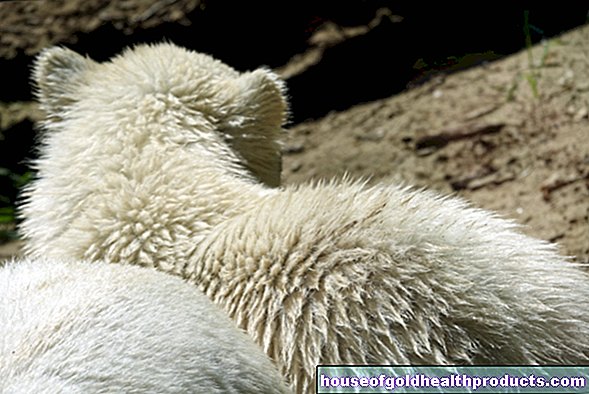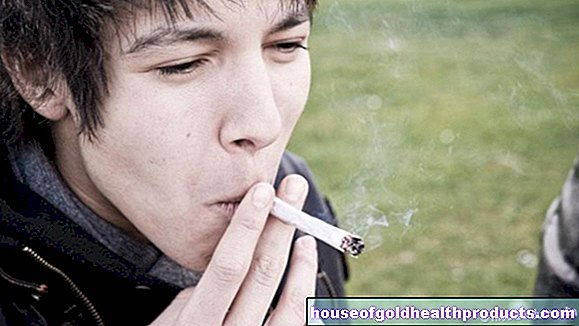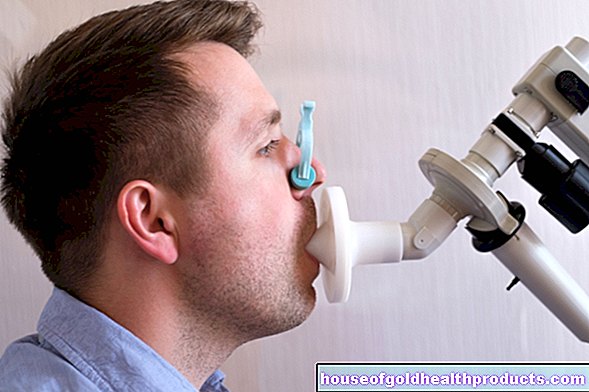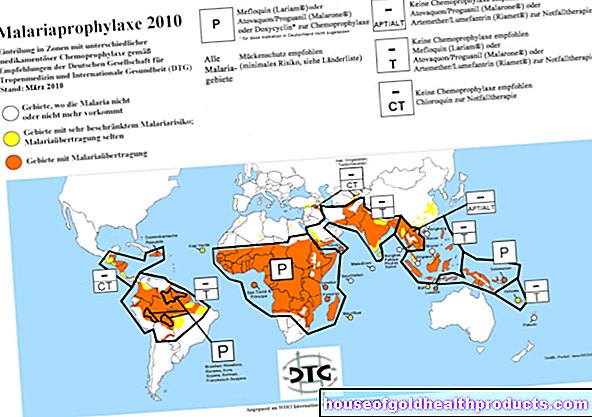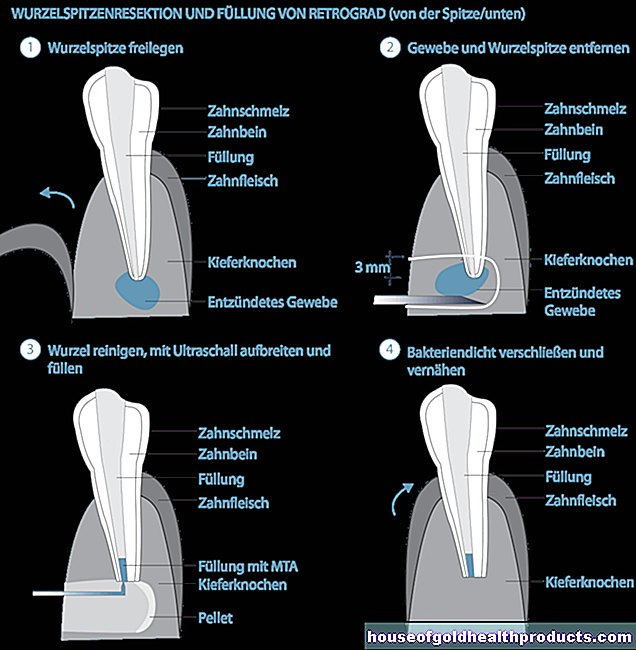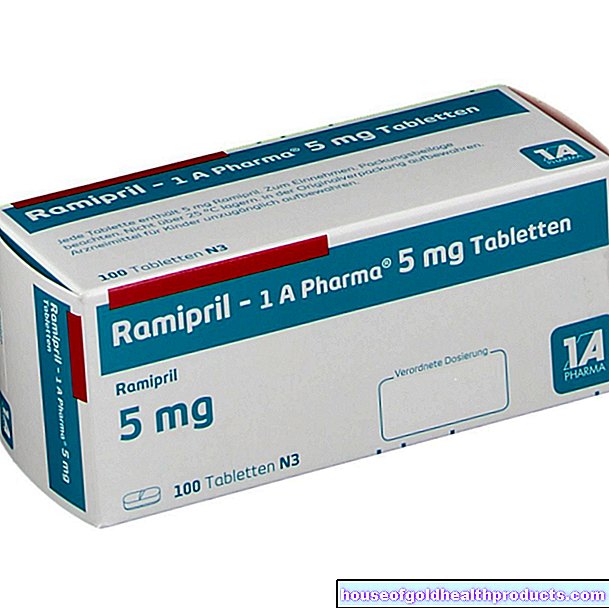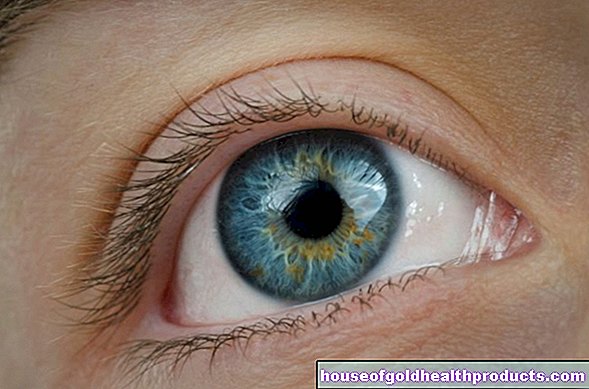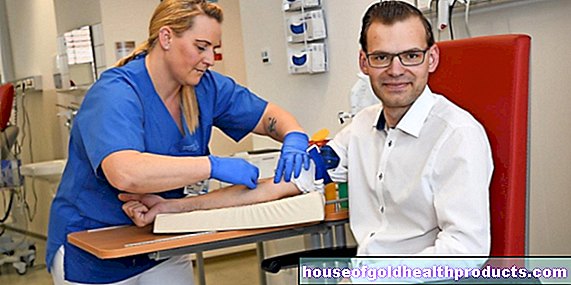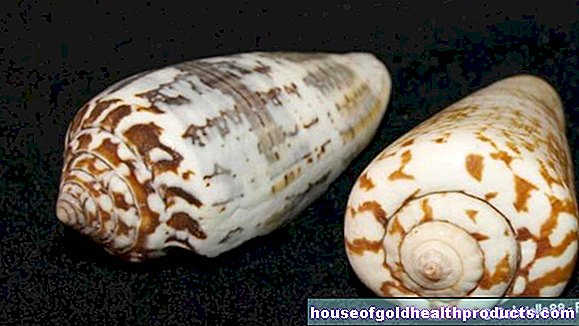Heel Pain: Botox Better Than Cortisone
All content is checked by medical journalists.MunichWhen it comes to chronic pain in the heel, many patients can only use cortisone. But there is another way: Scientists in Mexico tested the "anti-wrinkle poison" Botox - and were even able to get to the root of the problem.
Most often, inflammation of the large tendon plate under the foot is what triggers persistent heel pain. Because the so-called plantar fascia has a weak point: where the tendon fibers combine to form a narrow bundle and anchor to the lower front edge of the heel bone, enormous forces arise.These work when you are simply standing, with every step and especially when running or jumping. Then the tensile forces are often well beyond 100 kilograms.
Common consequence - a heel spur
It is not for nothing that athletes are particularly often affected by plantar fasciitis, as doctors call the inflammation. But people who are overweight also put a lot of strain on the tendon attachment. And once the inflammation is there, it can be downright persistent. The result is a veritable vicious circle, because the constant protection of the foot shortens the muscles of the calf and the mechanical tension on the heel bone increases further.
Many patients with plantar fasciitis have symptoms for months. Worse still: it is not uncommon for calcifications to form as a result of the chronic inflammation, which ultimately cause permanent discomfort as a bony outgrowth, the so-called anterior heel spur. It is all the more important to get the inflammation under control quickly - through protection, shoe insoles, anti-inflammatory pain relievers or physiotherapy.
However, if the methods fail or if the symptoms keep coming back, doctors have so far been happy to resort to cortisone. The hormone has a strong anti-inflammatory effect, but it also carries some risks. In up to five percent of patients, the tendon thins and eventually even tears off, which makes surgery inevitable.
Botox breaks the vicious circle
Scientists in Mexico therefore took a different approach: while 17 of their patients received conventional cortisone therapy, in which the anti-inflammatory hormone is injected directly into the inflamed tendon area under the sole of the foot, they injected the anti-wrinkle poison botulinum toxin A into another 19 patients not - as happened in previous studies - at the site of the inflammation, but at three different points deep in the calf muscles - in the large, two-part gastrocnemius muscle and the soleus muscle below.
Now they had the test subjects perform certain stretching exercises on a regular basis in order to further reduce the tension on the calf muscles, the Achilles tendon and thus the heel bone. The researchers' hypothesis: This could also relieve the strain on the plantar fascia in the long term and break the vicious circle that continues to fuel the inflammation.
Effect is much more lasting
At first there was no difference in the patient groups: In both cases, the inflammation gradually subsided, the symptoms subsided and the function of the diseased foot improved. But while the cortisone-treated subjects' recovery slowed down as the medication waned and the symptoms sometimes even worsened again, the treatment had a lasting effect on the Botox-A subjects. In some tests, these patients did not even achieve their top scores until the final examination.
One possible explanation for the success: While local cortisone therapy almost exclusively treats the inflammation itself, botox can interrupt the mechanism that leads to plantar fasciitis in many cases: excessive tension or shortening of the calf muscles. Previous studies have shown that these so-called contractures increase the risk of plantar fasciitis by around nine times. The authors of the study therefore expressly point out that a Botox treatment must be complemented by suitable stretching exercises so that the success remains in the long term. (jr)
Source: C. Acosta-Olivo et. al .: A Comparison of Botulinum Toxin A and Intralesional Steroids for the Treatment of Plantar Fasciitis, Foot & Ankle International Jan. 2013
Tags: unfulfilled wish to have children menopause elderly care
